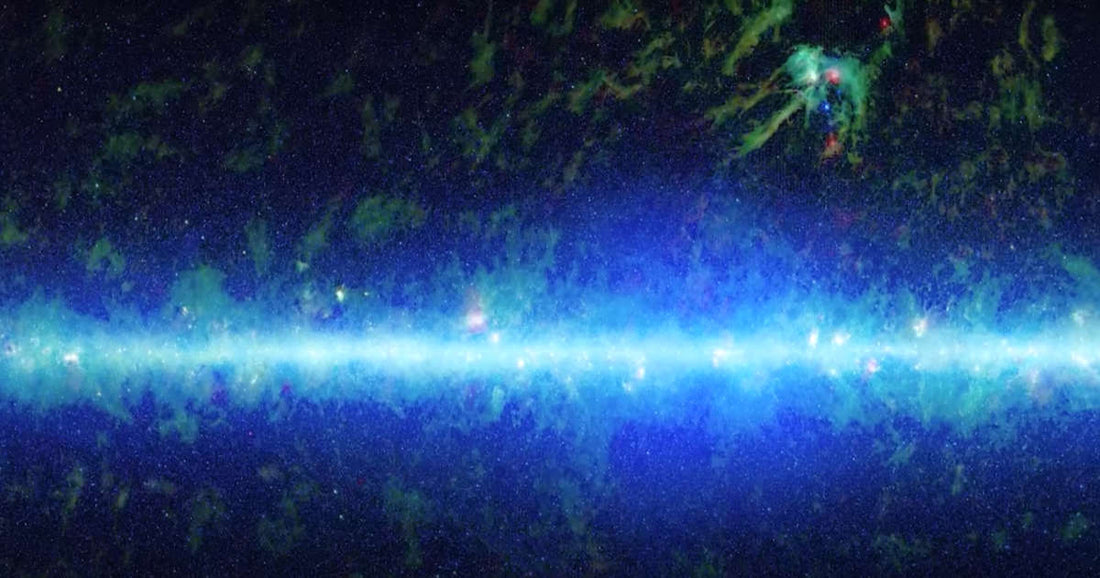
NASA Unveils 12-Year Timelapse of the Entire Sky
Share
While NASA continues to impress with the incredible images of space it releases, a 12-year timelapse of the entire night sky is still an impressive achievement even by the agency's high standards.
NEOWISE (Near-Earth Object Wide Field Infrared Survey Explorer) has captured this imagery over the years since it was launched in 2009 under the previous name "WISE" to study the Universe outside of our Solar System.
Since then, it has been repurposed and renamed to track asteroids and comets.
Scientists can use NEOWISE data to understand how celestial objects move and change over time (time-domain astronomy) - whether stars explode, wander across the night sky, or swallow gas in black holes.
"If you go outside and look at the night sky, it might seem like nothing ever changes, but that's not the case," says astronomer Amy Mainzer, from the University of Arizona, which is the principal investigator for NEOWISE.
A NEOWISE reading shows the location of hundreds of millions of objects and how much infrared light they emit. By analyzing this information, we can determine what an object is doing.
The time-lapse was created by stitching together 18 maps of the sky collected every six months (the time it takes the telescope to travel half the way around the Sun).

A mosaic of infrared images put together by the NEOWISE telescope. (NASA/JPL-Caltech/UCLA)
Maps have been particularly useful for studying brown dwarfs, which started out as brightly-burning stars but lack the mass necessary to ignite fusion. NEOWISE can pick out objects that are closer to Earth easier because they appear to move faster than more distant objects.
The telescope has now identified 260 brown dwarfs, and its investigations have revealed about twice as many Y-dwarfs, which are the coldest brown dwarfs and are of particular interest to astronomers, because they provide insight into star formation and its timing in our galaxy's evolution.
"We never anticipated that the spacecraft would be operating this long, and I don't think we could have anticipated the science we'd be able to do with this much data," says astronomer Peter Eisenhardt, from the NASA Jet Propulsion Laboratory in California.
Through the telescope's sky scanning, scientists are learning more about how stars form: protostars stand out as flickering objects before becoming stars, and scientists are now tracking almost 1,000 of them.
The black hole is perhaps the most compelling celestial object of all. By using NEOWISE data, we can identify bursts of infrared light from clouds of matter churning around black holes, allowing us to observe them at a greater distance.
The work is far from over, and NEOWISE will be producing two more sky maps by March 2023. As the project progresses, expect more activity to be revealed - activity you can't see from beneath the stars.
"Stars are flaring and exploding," says Mainzer. "Asteroids are whizzing by. Black holes are tearing stars apart. The Universe is a really busy, active place."
You’ve come this far…
Why not venture a little further into A.S.S. - our exclusive Australian Space Society.
And keep thrusting Australia into the deep unknown…
#Space_Aus




